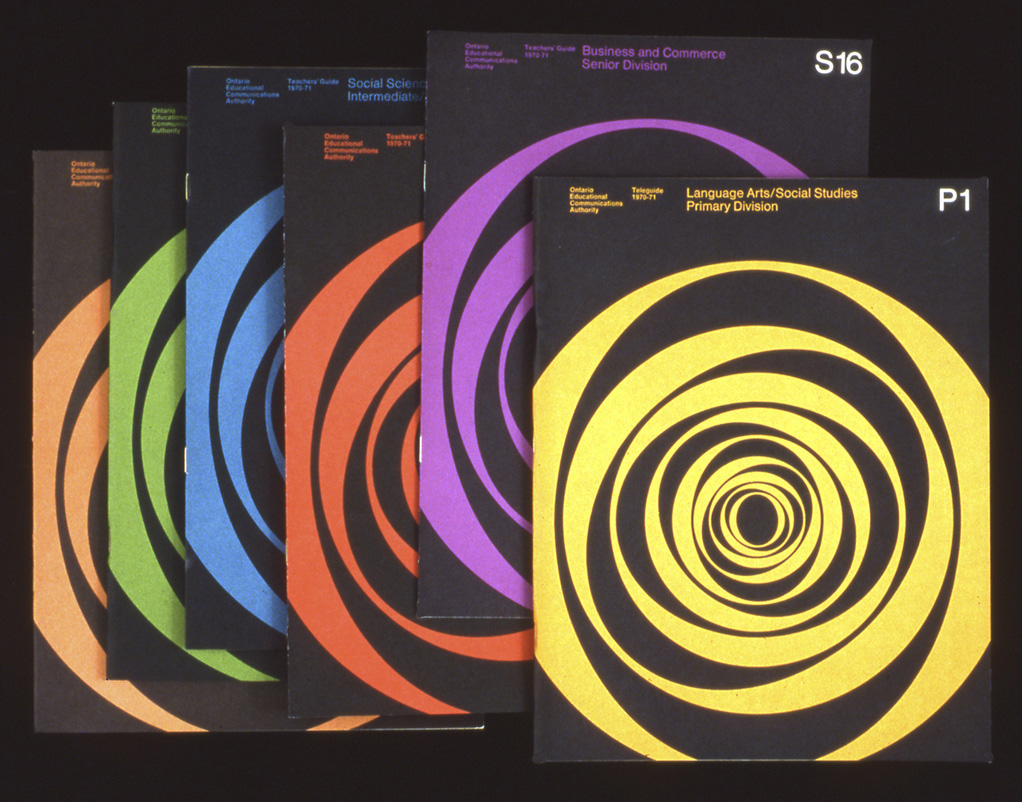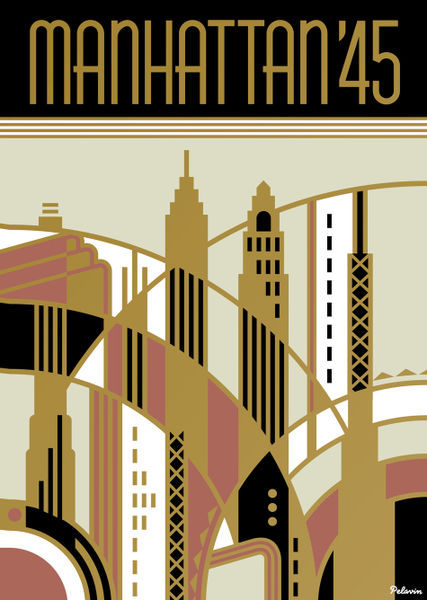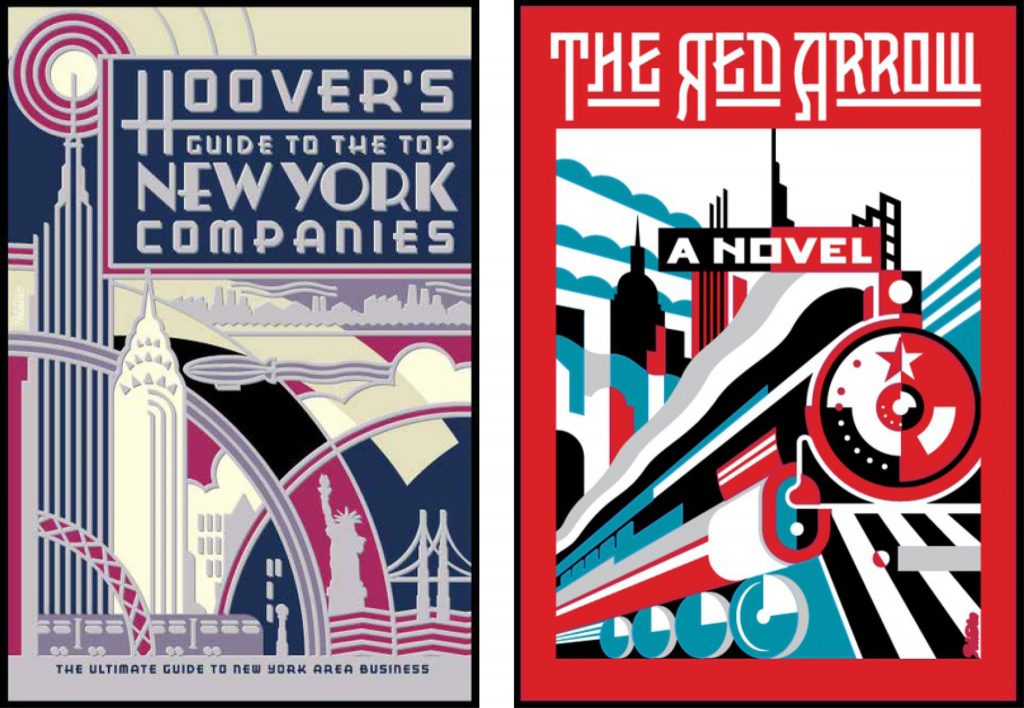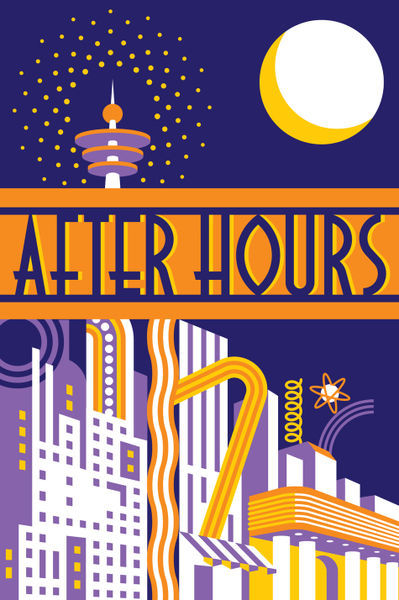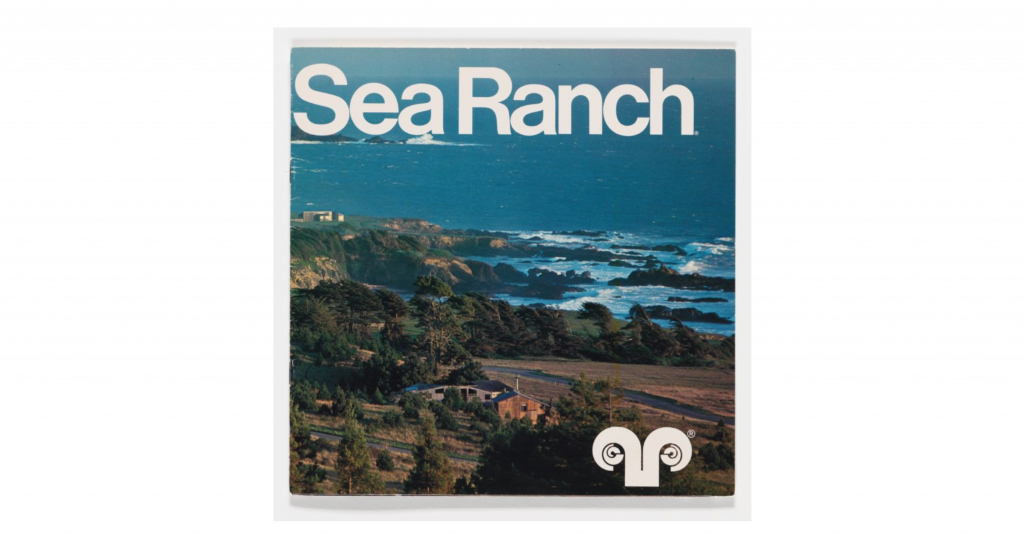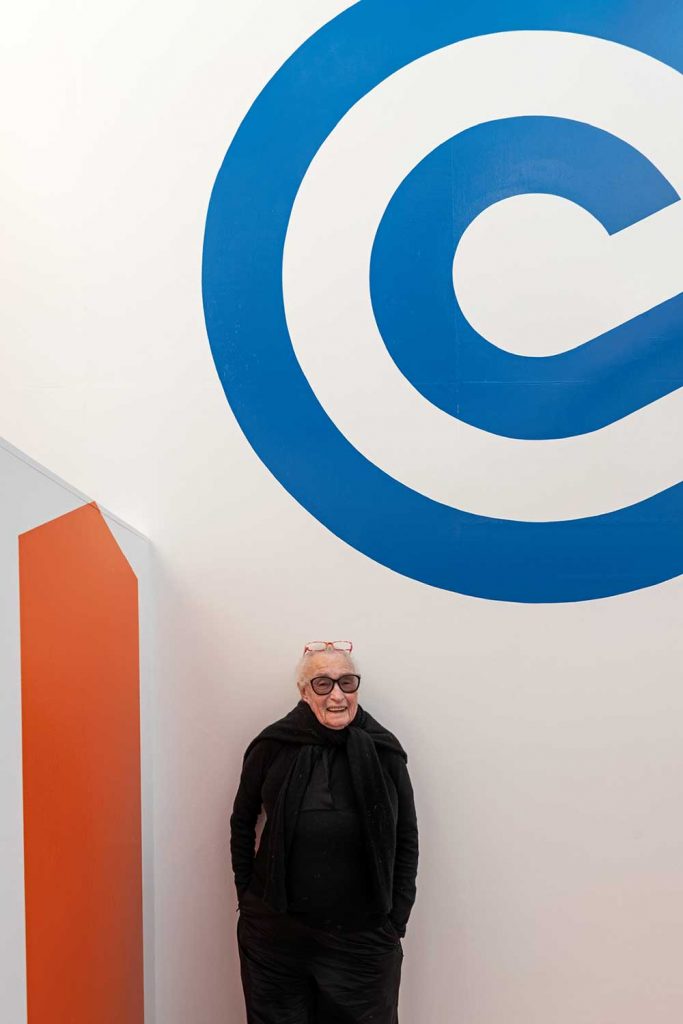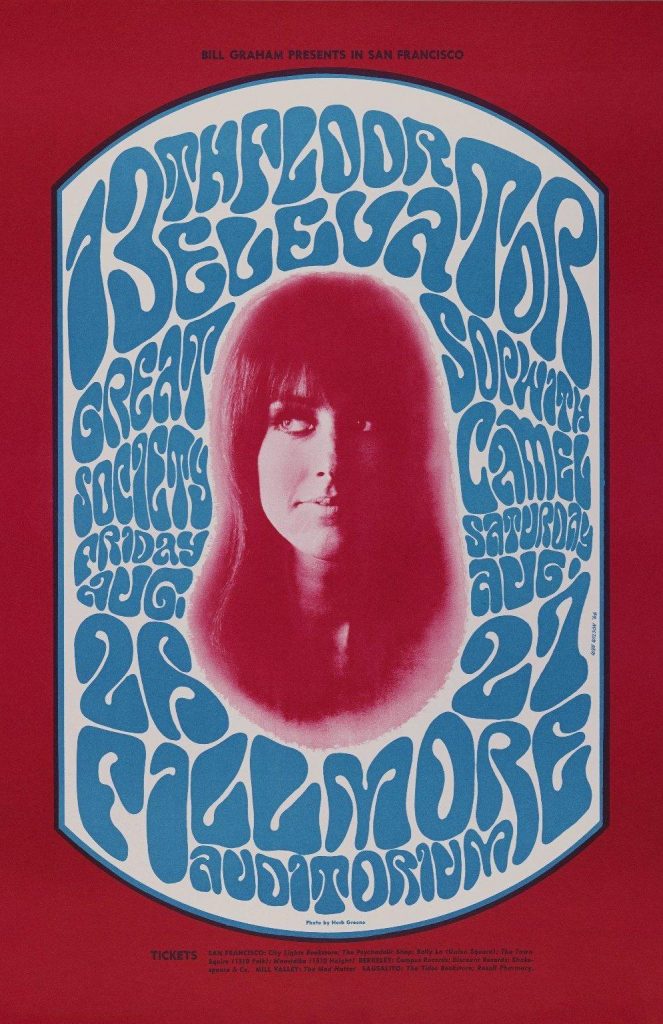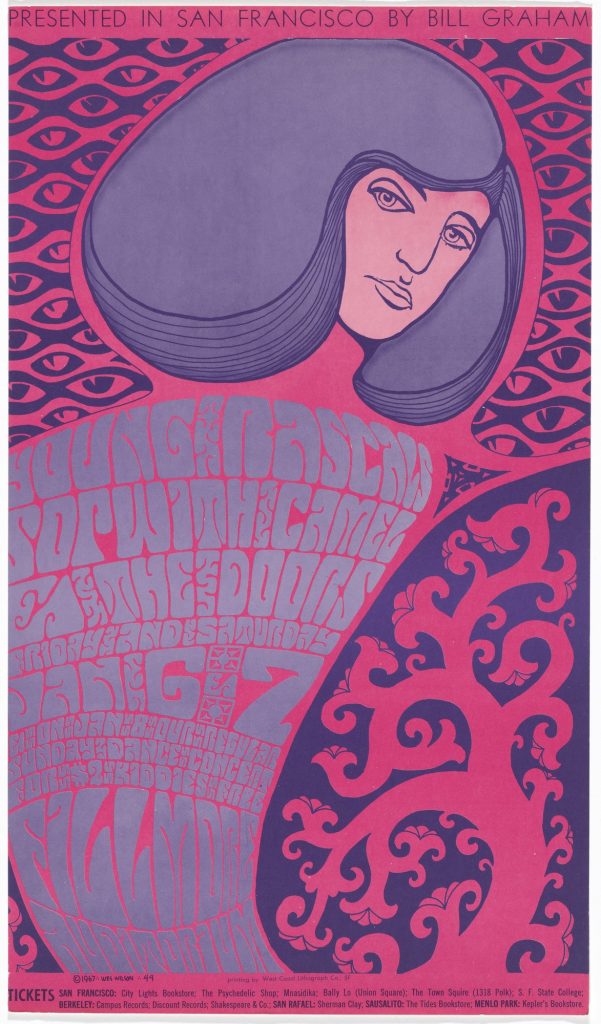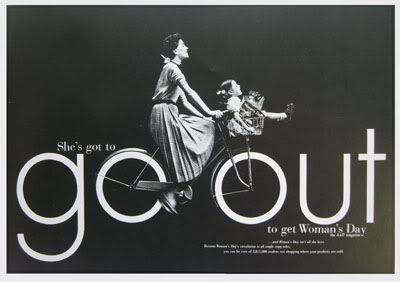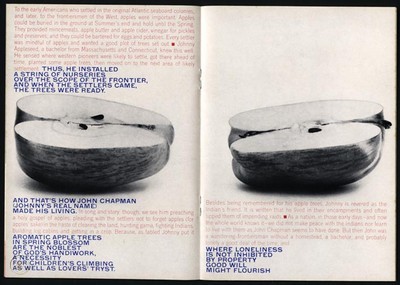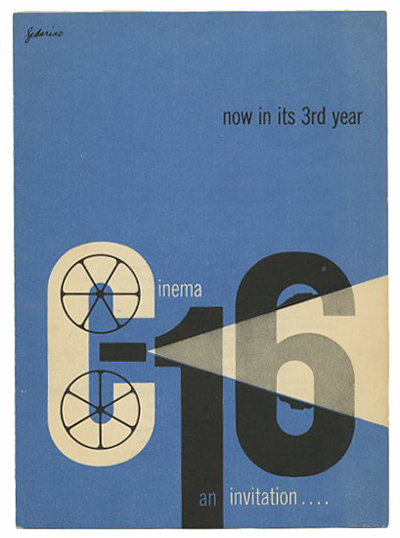Burton Kramer is an internationally known graphic designer who has had a big impact on Canadian graphic design. He was originally born in the Bronx, New York City and was educated at New York state university, the Institute of Design in Chicago, and Yale University. At Yale, Kramer had the opportunity to learn under people like Alexey Brodovitch, Herbert Matter, Joseph Albers, Paul Rand, and Bradbury Thompson. Of all these inspiring designers, Rand became a big inspiration to him. Further, Kramer began working at the Will Burtin Office in New York. This is where he worked on major exhibits and packaging. Later, he became the assistant art director of the Architectural Record magazine and the New York Life Insurance company, which led him to move to Zurich two years later to work as chief designer at Erwin Halpern Advertising. He finally moved to Toronto to work for Paul Arthur on signage for Expo 67 and then for Clairtone. However, when both companies didn’t survive, Kramer went on to establish Burton Kramer & Associated Ltd. It was at this point that he produced his best-known work and designed for major Canadian institutions which would include the logo for CBC. All in all, I’m in awe of Burton Kramer because of the recognition he has built for himself. His work is incredible because it’s everlasting. I aspire to create work that’s at least a fraction as amazing as his.
Sources:
http://www.designculture.it/interview/burton-kramer.html#start
https://www.burtonkramer.ca/Bio-Artist-Statement
https://canadamodern.org/burton-kramer/
